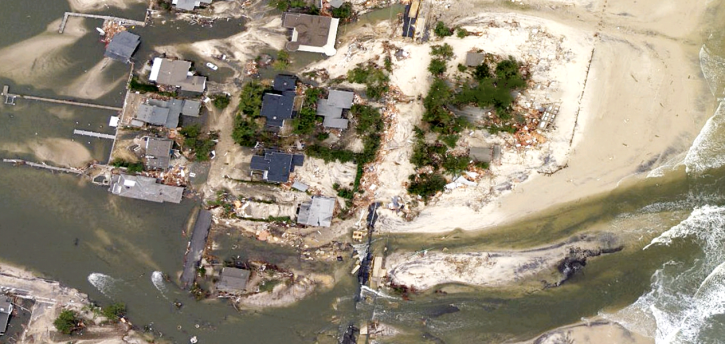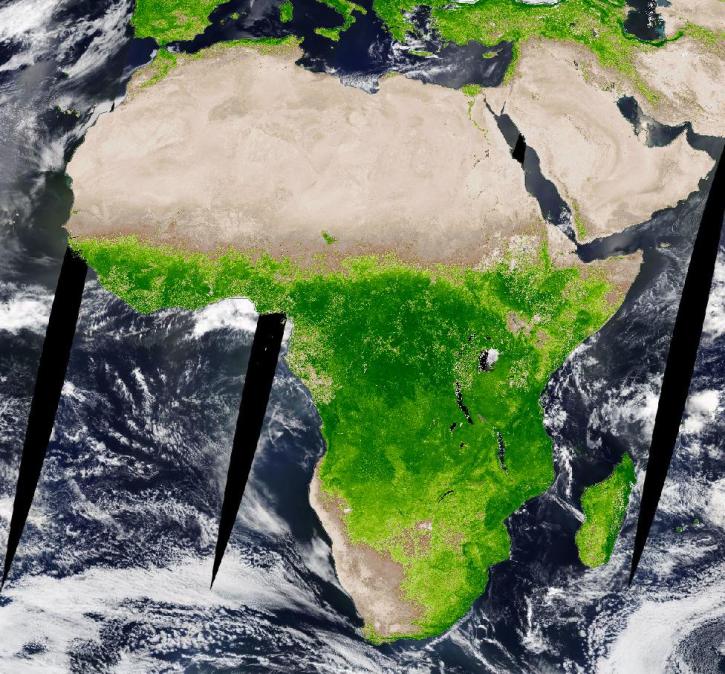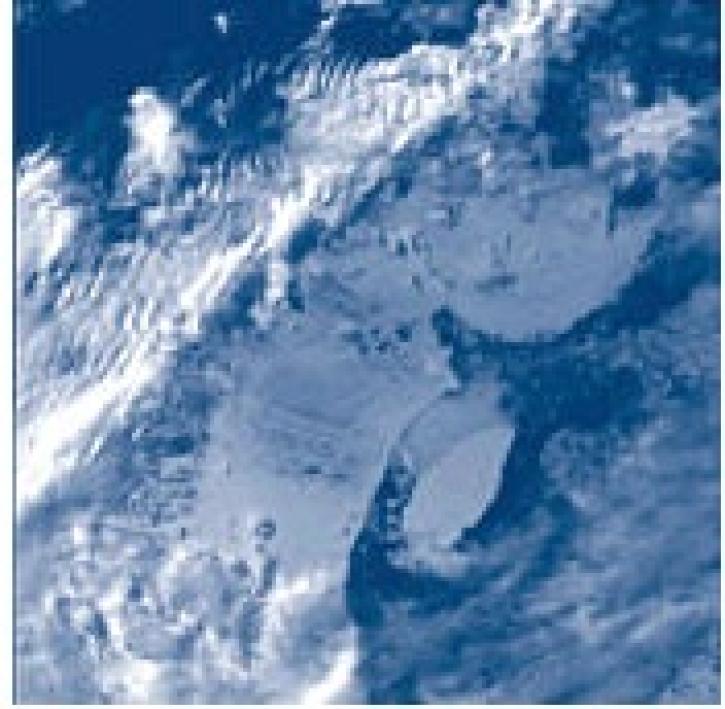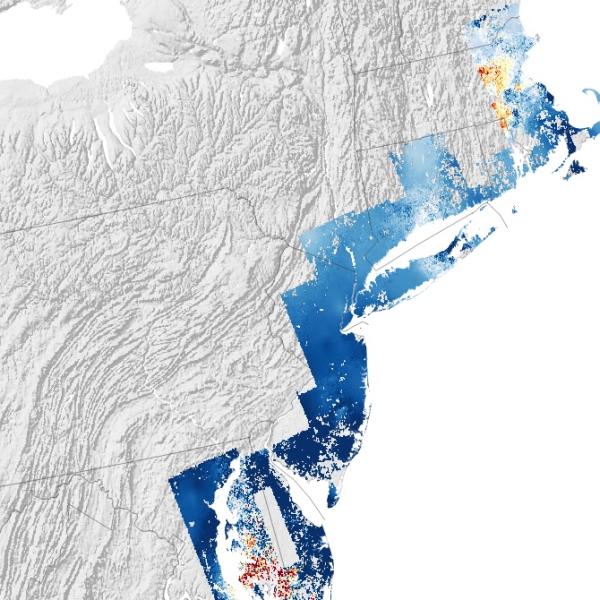Access a range of datasets and data tools to further your research into coastal landforms.
The coastlines of Earth’s land masses are home to a variety of landscape features, such as cliffs, beaches, fjords, glaciers, dunes, and caves. Ocean tides, currents, rivers, and the wind shape coastal landscapes by eroding, depositing, or shifting material along the coastline.
Coastal landforms support important ecosystems and often protect inland areas from flooding. However, these habitats can be placed in jeopardy due to natural disasters and human activity.
NASA’s Earth-observing satellites collect data about the structure of the coasts and how these landforms change over time. Scientists use these data products to study coastal environments, understand the interactions between the land and the ocean, and come up with ways to improve disaster preparedness.
Learn How to Use Coastal Landforms Data




Join Our Community of NASA Data Users
While NASA data are openly available without restriction, an Earthdata Login is required to download data and to use some tools with full functionality.
Learn About the Benefits of Earthdata LoginFrequently Asked Questions
Earthdata Forum
Our online forum provides a space for users to browse thousands of FAQs about research needs, data, and data applications. You can also submit new questions for our experts to answer.
Submit Questions to Earthdata Forumand View Expert Responses